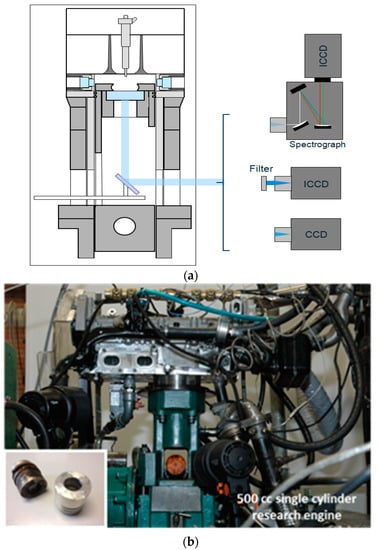Women in Fuel
A topical collection in Energies (ISSN 1996-1073). This collection belongs to the section "I1: Fuel".
Viewed by 6574
Editor
Interests: renewable fuels; combustion; internal combustion engines; Particulate Matter; sub-23 nm particles characterization and measure
Topical Collection Information
Dear Colleagues,
This Special Issue of Energies, entitled "Women in Fuel” aims to highlight the achievements of women in the transition toward environmentally friendly fuels in the energy and transportation sectors.
The depletion of petroleum oil reserves and the growing attention to global climate change have led to redefining the role of fuel. A wider class of compounds are considered, e.g., simple hydrocarbons, natural gas mixtures, oxygenated fuels and a large class of biofuels obtained from waste and biomasses, to address, on the one hand, emission regulations, and on the other, to maintain low costs and high sustainability. In recent years, the attention has mainly been shifting towards climate change. For this reason, the technology is driven by the target of decarbonizing energy systems. The use of synthetic fuels obtained from renewable energy sources (e.g., wind and solar) can play an important role in achieving CO2-neutral mobility. However, considerable efforts are still needed to meet this target.
In recent decades, the roles of women in sustainable mobility and energy production systems have increasingly grown, and as a result they are more important than ever. This Special Issue is focused on the contribution of women to the most challenging issues related to the production of biofuels, the impact of advanced renewable fuels on transport and the environment and the optimization of flexi-fuel technologies, through a collection of high-quality research papers and comprehensive review articles.
We welcome submissions from all authors, irrespective of gender.
Dr. Silvana Di Iorio
Guest Editor
Manuscript Submission Information
Manuscripts should be submitted online at www.mdpi.com by registering and logging in to this website. Once you are registered, click here to go to the submission form. Manuscripts can be submitted until the deadline. All submissions that pass pre-check are peer-reviewed. Accepted papers will be published continuously in the journal (as soon as accepted) and will be listed together on the collection website. Research articles, review articles as well as short communications are invited. For planned papers, a title and short abstract (about 250 words) can be sent to the Editorial Office for assessment.
Submitted manuscripts should not have been published previously, nor be under consideration for publication elsewhere (except conference proceedings papers). All manuscripts are thoroughly refereed through a single-blind peer-review process. A guide for authors and other relevant information for submission of manuscripts is available on the Instructions for Authors page. Energies is an international peer-reviewed open access semimonthly journal published by MDPI.
Please visit the Instructions for Authors page before submitting a manuscript. The Article Processing Charge (APC) for publication in this open access journal is 2600 CHF (Swiss Francs). Submitted papers should be well formatted and use good English. Authors may use MDPI's English editing service prior to publication or during author revisions.
Keywords
- drop-in renewable fuels
- potential of e-fuels
- internal combustion engines
- dual-fuel combustion technology
- life cycle assessments (LCAs)







